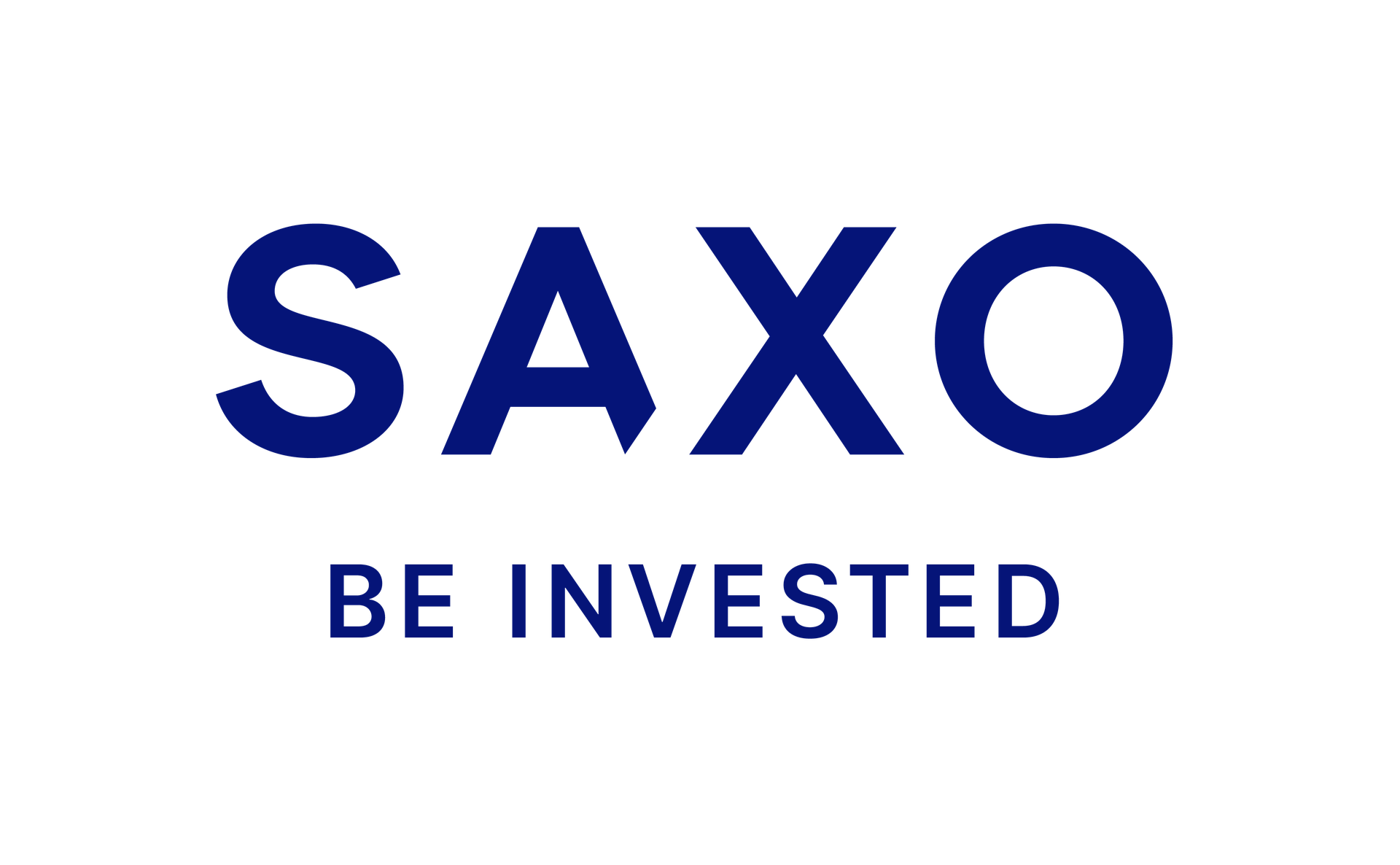Table of Contents
The two main ways for most people to increase their wealth over their lifetime will be to buy a house and invest in a workplace pension.
House prices don’t always go up, but over the typical 30-year mortgage period, you would be very unfortunate not to see the value of your home grow.
Even if it wasn’t, you would have taken advantage of how a repayment mortgage works as a great long-term savings plan, as at the end of the term you own a property worth hundreds of thousands of pounds.
Unfortunately, sky-high house prices mean there is a significant barrier to entry for this generation of first-time buyers.
By contrast, investing in your workplace pension is simple, can be done with relatively small sums of money and allows you to get extra money from the government and also your employer.
Shake up your source of income: your workplace pension is an easy way to get rich in the long term
This column focuses on what are known as defined contribution pensions, in which you invest to accumulate a fund for retirement.
This is what most employees get today, especially in the private sector.
In the public sector things are different and defined benefit pensions are still offered. These allow workers to accumulate a fixed annual income in retirement for which the employer is responsible, based on how many years they work there.
If you are offered a defined benefit pension, accept it.
Meanwhile, here’s why defined contribution workplace pensions can be an important long-term wealth builder.
With auto-enrolment, someone earning £30,000 a year can get £231.25 into their pension each month at a cost of just £125 to them.
The worker pays 5 per cent of their monthly earnings of £2,500 at a rate of £125, their employer tops this up with 3 per cent at £75 and the government adds £31.25 in pension tax relief.
The magic of compounding returns means the longer you do it, the better, as This is Money’s long-term savings calculator shows.
Save £231.25 a month for 30 years with an average return of 6 per cent and you’ll end up with £232,294
Do the same thing for 40 years and your pot at the end would be £460,532.
The scenario there is basic, but it highlights how our workplace pensions can be serious money-making machines. And there’s even better news, as many employers offer more generous pensions than automatic enrollment requires.
However, most of us fail to commit to this easy way to increase our wealth.
So, is your workplace pension up to par? These would be my main things to look for:
Employer contributions
For automatic enrollment, you pay 5 percent of your income, while your employer must pay 3 percent. But many companies offer more, so sign up for the upgraded plan if you can.
You want your employer to be generous in matching contributions up to a decent level, such as 6 to 7 percent.
Hopefully, for members of long-term pension plans they can even do more than just match contributions, for example multiplying them by 1.5 or doubling them.
In these cases, the maximum contribution you can get may be lower, such as 5 percent, but the benefit you get is greater.
Pension charges
In most cases, workplace pension plans will not charge you for buying and selling investments, but they will charge you for holding them.
This cost can be divided into two charges: one for the platform or pension wrapper itself and another for the fund charges. Alternatively, the two elements can be grouped into a global load. If you can’t find this information or understand it, ask.
There is a 0.75 per cent cap on workplace pension charges, but that only applies to default funds. If you choose other funds yourself, the cost may be higher. Be careful with this.
> DIY and Sipps investment platforms: what they charge
Default backgrounds
Workplace pension plans will offer default funds, those they will put you into if you don’t actively choose otherwise.
The vast majority stick with default funds, which are typically broad, relatively cheap, global tracking funds that allow you to invest around the world at a low cost.
These may be of good quality, but some are better than others. Look at what your default fund costs, how it works, and what it invests in.
Default options can do something called lifestyle and change your investment mix depending on your investment time horizon.
Check if and how your fund does this, and make sure it suits your own investment outlook and risk appetite.
Some pensions use what are known as master trusts, these are large funds that provide a workplace pension scheme that can be used by multiple unrelated employers. The biggest example is Nest, the workplace pension master trust set up by the government.
Choice of pension fund
Beyond their default funds, workplace pension plans can offer wildly different fund selections. The choice is usually controlled by a combination of the pension plan administrator and your employer.
For those used to free investment platforms, the choice may seem restrictive, but your employer may want to protect you from investing everything in a high-risk investment fund.
Check how good the options are and how they compare to basic funds and broader options on a DIY investing platform.
Easy to understand
You want your workplace pension plan to be simple, explain what you need to know, make it easy to find important information, be easy to use if you change funds and have an easy-to-understand pension projection.
Ultimately, you should be able to log in, find what you need, and do what you want, without it all seeming confusing.
If your pension falls short, make a change
If you think your workplace pension is not stacking well with any of these measures, push for a change.
The way to improve workplace pension plans and build a richer retirement for all of us is to collaborate with them.
Our pensions and investments editor, Tanya Jefferies, has written an excellent guide: Is your workplace pension good for you? which I highly recommend reading.
SAVE MONEY, MAKE MONEY

Investment boost

Investment boost
5.09% on cash for Isa investors
5.2% savings rate
5.2% savings rate
Account rate increase with 90 days notice

free share offer

free share offer
No account fee and free stock trading

4.84% cash Isa

4.84% cash Isa
Flexible Isa now accepting transfers

Trading Fee Refund

Trading Fee Refund
Get £200 back in trading fees
Affiliate links: If you purchase a This is Money product you may earn a commission. These offers are chosen by our editorial team as we think they are worth highlighting. This does not affect our editorial independence.
Some links in this article may be affiliate links. If you click on them, we may earn a small commission. That helps us fund This Is Money and keep it free to use. We do not write articles to promote products. We do not allow any commercial relationship to affect our editorial independence.

